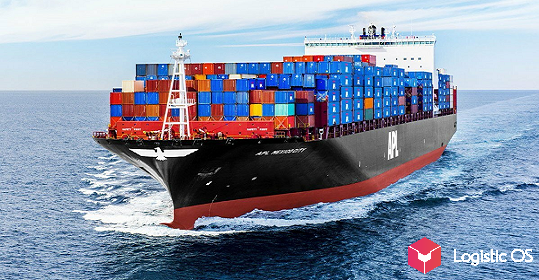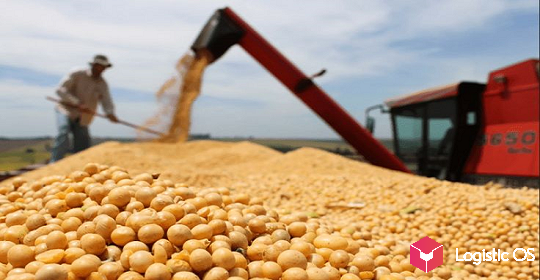And it’s not about the coronavirus pandemic. The farmers had to overcome problems with government regulations and restrictions.
The agricultural sector coped with the pandemic much better than most other sectors of the economy. At the end of the year, it even showed an increase of + 1.5% compared to last year and the harvest of 2020 became one of the record ones.
Everything was pretty good with the development: this year, the farmers bought the maximum amount of domestic agricultural machinery and fertilizers. And the volume of exports, as noted by the head of the Ministry of Agriculture Dmitry Patrushev, this year may reach the level of 28 billion dollars.
The main current problems of the Russian agro-industrial complex, which has been called the «driver of economic growth» several times in recent years, are as follows.
Export restriction
It was first introduced in the spring, when it was still unclear to the government whether the country had enough food supplies. As a result, export quotas for wheat and other food products appeared.
However, the quotas were set at such a high level that exporters would hardly have been able to exceed them. So this measure just made the market nervous rather than a real limitation.
However, from January-February 2021, it is planned to introduce both quotas on grain exports and a duty — in particular, on sunflower, rapeseed and soybeans.
All this is a great stress for manufacturers and exporters. It is not at all a fact that next year they will have money for development, because now there are obstacles on the way to making a profit.
State regulation of prices
The government has set maximum prices for sunflower oil at 110 rubles per liter, for sugar at 46 rubles per kilogram.
Together with the restriction of exports, this additionally «squeezes» the producers of sunflower and rapeseed. On the one hand, the export duty is 30%. On the other hand, oil producers will not buy raw materials at a high price either, otherwise they will lose profitability.
All these measures have already done their job: the price of agricultural products has begun to decline. But for manufacturers it is just very unprofitable.
Ruble devaluation
This is one of the reasons for the general «import substitution» in the agricultural sector. Indeed, the ruble has fallen significantly against the dollar this year (by more than 20-30%). In such conditions, agricultural enterprises actually begin to receive less money. And if they need to buy something abroad, then this causes great difficulties.
By the way, the devaluation of the ruble became another reason that the ambitious goal of exporting agricultural products worth $ 46 billion in 2020 was not achieved and was postponed by at least 5 years. No matter how hard the agrarians work, the current ruble / dollar quotes make this goal simply unrealistic.
Despite all this, the state continues to support the agro-industrial complex. In 2021, 250 billion rubles will be allocated for this — although this is less than in 2020 (300 billion rubles).

